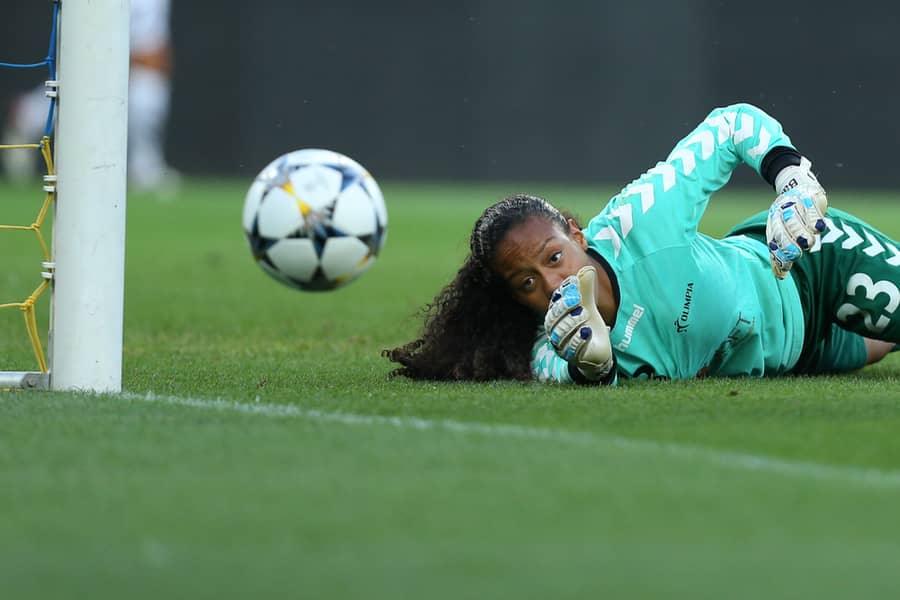Pretty Good is Not Good Enough
Remember this number: 25%. One-quarter of all surgical procedures in orthopaedics appear to fail to meet their full objective. Why is this, and what can be done?

Yes, top doctors in each surgical specialty get top results—most of the time. However, 90% of doctors think they are in the top 10% of their field. And, if you ask them, their results are always excellent.
We wish that it were so. But in reviewing studies of some of the most frequent sports medicine and arthritis surgical procedures—such as ACL reconstruction, meniscus repair, shoulder rotator cuff repair, partial and total knee replacement—one finds that the actual success rates classified as “excellent” are lower than 75%. The “good” results are merged with the “excellent” ones to boost the statistical success rate to an “acceptable level.”
Surgical repair of injured tissues, and replacement of worn-out joints, simply does not restore normal anatomy. The only tissue in the body that truly heals back to normal are bones (after most fractures). Everything else is made up of collagen fibers that often heal with disorganized new fibers, scar tissue, or other abnormal components that cause the injured area to behave differently than normal. Most of the time this is “good enough.” Too often, though, the tissues stretch out, scar down, lose flexibility, or fail completely. In the case of artificial replacement, the cement used to fix artificial components to the bone fails over time—especially if the patient is sedentary and the bone becomes osteoporotic.
To get to excellent, an entirely new paradigm must be initiated. First, we must realize that the triple team of patient-doctor-rehabilitation specialist must be fully engaged prior to any surgical procedure. Even great surgery can be ruined by the absence of dedicated rehabilitation training. And unless a patient sees themself as an “athlete in training” during the rehab time, muscle loss, bone atrophy, and depression destroy any repair or replacement.
The best example of this is the total knee joint replacement. Though the procedure can initially (and dramatically) relieve pain, more than 50% of patients develop pain at 10 years. This is due, most likely, to non-optimal placement of the implants at surgery, and muscle and bone atrophy around the implants. We now have robotic surgery assistants, which help eliminate the outliers of misplacement of implants. Most of the time, such implants can be designed for use without bone cement. But any artificial implant requires a lifetime commitment to daily exercise if an excellent outcome is desired.
Second, we must augment tissues with injections of growth factors and cytokines. Even a young, healthy athlete with a torn ACL learns that it takes a year to heal fully—but it never gets 100% back to normal. Why is this? Partly because the race between tissue remodeling and tissue degradation is tipped in the negative direction by excess inflammation and slow collagen remodeling. By attracting a super physiologic level of healing cells, however, the body can restore tissues to near normal anatomy. The factors recruit a higher level of the body’s stem cell-derived self-repair cells, which ramp up the healing response during the first few hours and days after any tissue repair.
Too often, though, the body doesn’t have that help. And if the patient is at all diseased, immune-compromised, obese, or depressed, the healing challenges are magnified.
Thirdly, tissue suture repair is often not strong enough, or too compressive, to induce regeneration of ruptured low blood flow tendons. The best example of this is the rotator cuff, where the failure rate of the repaired torn tendons exceeds 30%, even in healthy people. But today tendon augmentation with donor tendons, skin, human, and animal tissue are available, and will likely become the standard of care for even “simple” tendon ruptures. This is because the tendon that tore most likely tore because it was intrinsically abnormal and weakened. Soon, very few rotator cuffs will be repaired without growth factors and donated tissue augmentation. Adding sutures alone never was going to restore torn tendons to normal.
“Pretty good” outcomes simply should not be accepted as the gold standard. The data is clear: We are not as good as we could be in repairing most injuries. The science is here, now, to accelerate the healing. Robots make us more precise surgeons. Rehabilitation teams are standing by, ready to pounce. So as a patient, seek out and demand an excellent outcome. While it cannot always be achieved, it can be the driving force behind the decisions you make for your body.
